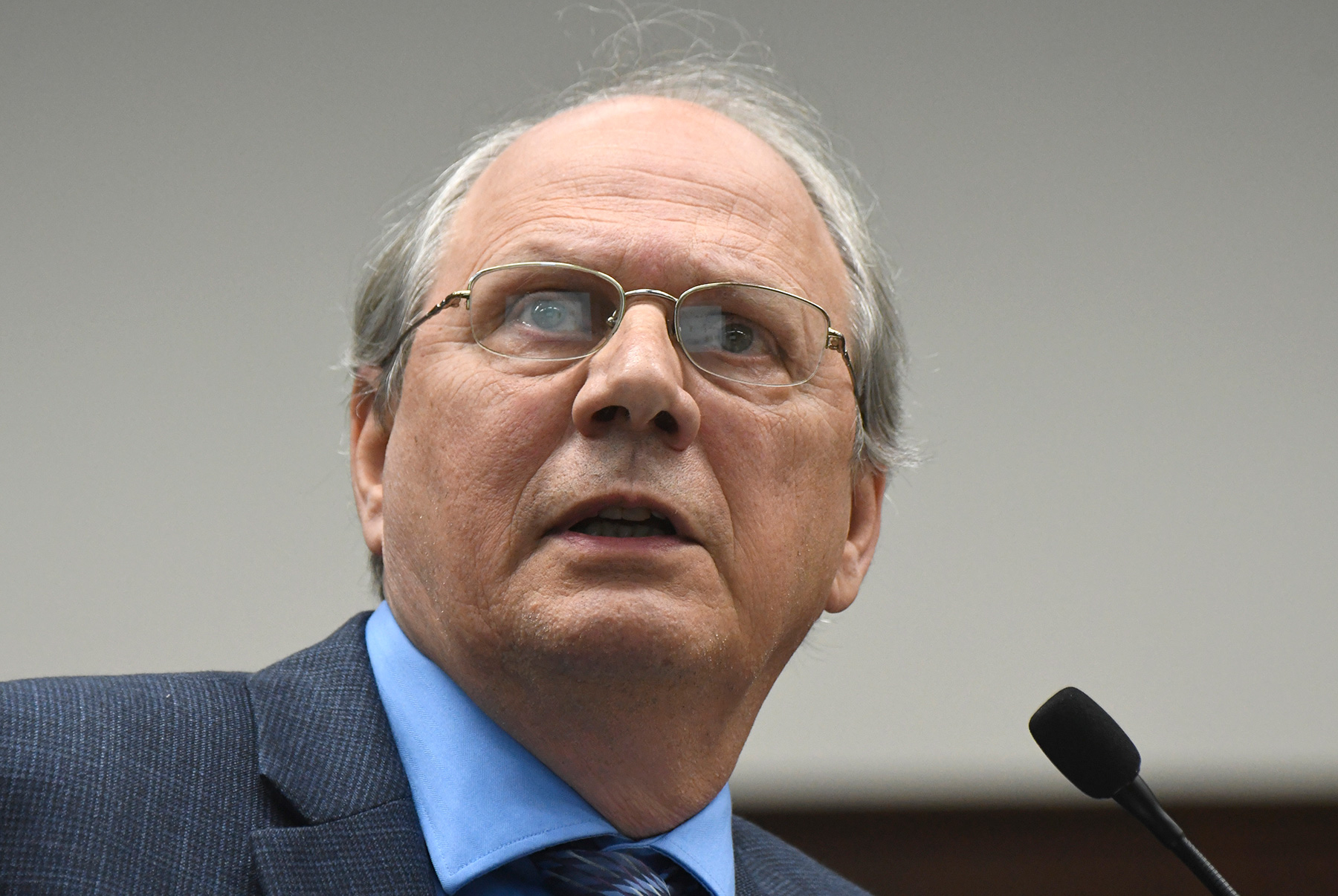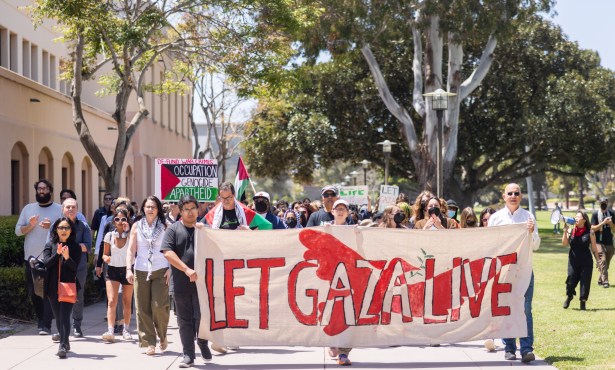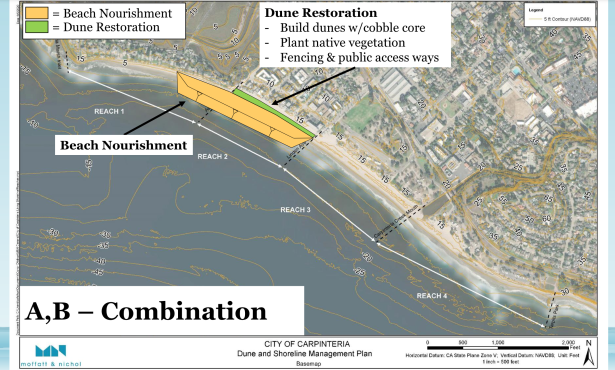Challenges Continue as City Council Undertakes State Street Blueprinting
We Don't Need No Stinking Task Force, or Do We?

A large gathering of local architects were profusely thanked for spending an excruciatingly beautiful Saturday late in October reimagining the future of State Street in a post-Amazon.com world, but they were told in no uncertain terms not to expect the creation of a new task force by the Santa Barbara City Council to further flesh out their ideas. While Mayor Helene Schneider was effusive in her gratitude, Councilmember Gregg Hart was equally adamant that City Hall lacked the time and resources to take on so monumental an undertaking.
In response to the large number of vacant downtown storefronts, the Santa Barbara chapter of the American Institute of Architects hosted an all-day charrette October 21 in which members broke into nine separate teams to explore new design and function options for the central business district in two-block chunks. Common to all the schemes, presented to the council in 3D, computer-illustrated splendor, was the idea of housing on State Street.
To make that happen, the architects — led by Detlev Peikert and Brian Cearnal — argued City Hall must allow the highest housing densities possible to give property owners the incentive to change. Likewise, they argued City Hall needed to abolish parking requirements altogether or to allow private developers to use public parking lots to meet their housing demands. Open-space requirements — as manifested by outdoor balconies — had to go. And some cumulative solution needed to be found to impound storm-water runoff rather than sticking individual property with the costs, which tend to be quite high. Downtown, the architects said, needed to be looked at as a sequence of separate but interrelated function zones — arts, drinking, commerce — that needed to be tied together via a series of back-alley paseos. Likewise, many believed the time to begin banning traffic from State Street had long since passed.
Councilmember Hart said the issues confronting State Street were “interesting, exciting, and scary,” but he concluded many of the problems stemmed from the excessive rents landlords were charging. The market, he said, would correct itself, but in the meantime, property owners needed to step up much more than they had in efforts to revitalize State Street.
Councilmember Jason Dominguez expressed skepticism that high zoning densities were sufficient to entice reluctant property owners to build housing. Such zoning already exists along the Chapala corridor, he stated, yet only one high-density housing development has been proposed there. Dominguez currently sits on a council task force to explore new housing options. If the architects really wanted a task force, he suggested, perhaps his could expand to accommodate the new issues.



